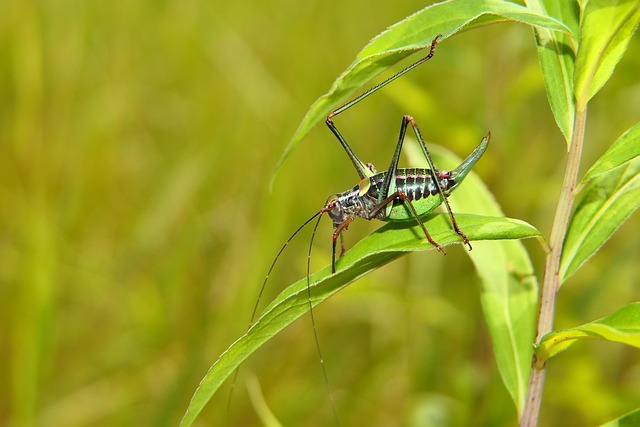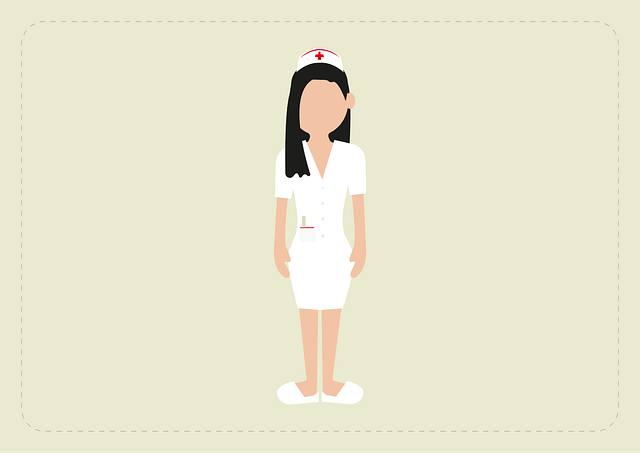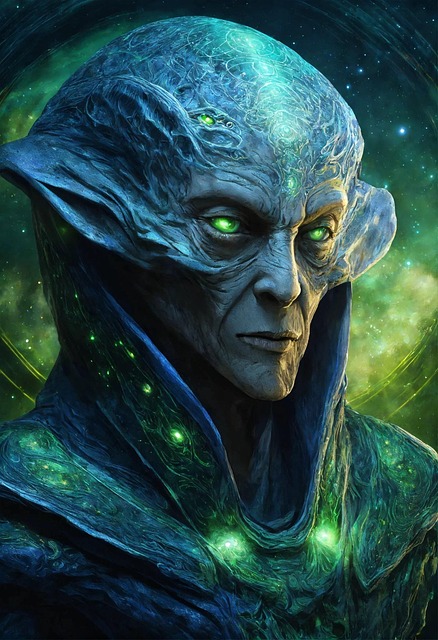Wart freezing (cryosurgery) is a non-invasive procedure performed by an experienced wart removal surgeon using liquid nitrogen to freeze and destroy skin growths. Side effects are minimal, with local anaesthetic numbing the area beforehand. Treatment options vary based on wart type and location, offering faster but potentially more side effect-prone medical methods versus natural remedies. Qualified professionals in Sheffield, Essex, Bradford, and Wakefield provide advanced treatments for effective relief.
Wart removal through cryotherapy, or ‘freezing’, is a common yet often misunderstood procedure. While it may sound intimidating, many patients find it tolerable with minimal pain. This article delves into the process, separating fact from fiction and offering insights from an experienced wart removal surgeon. We explore different wart types, patient experiences, and effective pain management techniques to guide you through this simple yet effective treatment.
- Understanding Wart Freezing: The Process Unveiled
- Common Misconceptions About Wart Pain
- Targeting Different Types of Warts
- Patient Experiences: Real Stories Shared
- Effective Pain Management During Treatment
Understanding Wart Freezing: The Process Unveiled

Wart freezing, also known as cryosurgery, is a non-invasive procedure that has gained popularity for its effectiveness in removing warts. This method involves the use of liquid nitrogen to freeze and destroy targeted skin growths. An experienced wart removal surgeon will apply the liquid nitrogen to the wart using a fine needle or a spray device, carefully aiming to minimize damage to surrounding healthy skin. The frozen wart is then peeled away, leaving behind clear, healthy skin.
Understanding the process is key when considering wart freezing as an option. It’s important to consult with a professional, such as those at a Sheffield wart clinic, who can guide you through what to expect during and after the wart removal surgery: what to expect. This includes understanding potential side effects, recovery time, and follow-up care. With proper preparation and expertise, wart freezing can be a swift and relatively painless solution for those seeking relief from unsightly warts.
Common Misconceptions About Wart Pain

Many people believe that getting warts frozen off is an extremely painful process, but this is often a misconception. While it’s true that any form of medical procedure can cause some discomfort, the level of pain associated with wart removal using cryotherapy (freezing) is often overstated. An experienced wart removal surgeon will use local anaesthetic to numb the area before the treatment, which significantly reduces the sensation of pain.
In reality, patients typically report only mild discomfort during and immediately after the procedure. The freezing process itself can cause a stinging or burning feeling, but this is usually brief and followed by a period of numbness. After the treatment, there may be some redness, swelling, or itching, but these symptoms are temporary and usually subside within a few days. An experienced doctor for skin tags and warts in Essex Southend-on-Sea wart clinic can provide expert care to fix stubborn warts with minimal discomfort, ensuring patients receive the best possible outcomes without unnecessary pain.
Targeting Different Types of Warts

When it comes to targeting different types of warts, an experienced wart removal surgeon has a range of options at their disposal. The choice of treatment often depends on the type and location of the wart. For instance, common warts, which are usually small, rough bumps, can be effectively treated with topical medications or cryotherapy (freezing). On the other hand, more complex warts like genital warts require specialized care due to their sensitive nature and potential health implications.
The Bradford wart clinic and Wakefield wart clinic offer advanced medical treatments that are administered by qualified professionals. While these options tend to be more costly and may cause temporary discomfort, they provide fast results and are suitable for various wart types. Comparing medical vs natural wart treatments, the former often yields quicker outcomes but might leave residual side effects, whereas natural remedies take longer to show results with less risk of complications.
Patient Experiences: Real Stories Shared

Many patients who have undergone wart removal share their experiences to help others understand what to expect. These real-life stories offer valuable insights into the process, particularly regarding pain levels. Some individuals report minimal discomfort during the freezing procedure, describing it as a quick stinging sensation that quickly subsides. Others, however, find the experience more intense, comparing it to a sharp pinprick or a mild burn. It’s important to note that sensitivity varies from person to person, and even within an individual over time, as warts can be stubborn and recurrent.
A seasoned experienced wart removal surgeon will consider these patient experiences, tailoring the treatment plan accordingly. They might use topical anesthetics before the procedure for more sensitive cases or offer different freezing techniques based on wart size and location. The private wart removal Essex Colchester and Bristol wart clinic professionals emphasize understanding wart causes and prevention tips to manage expectations and ensure the best possible outcome for each patient.
Effective Pain Management During Treatment

Many individuals seeking wart removal often wonder about the level of discomfort involved in the process, particularly when considering freezing off warts. It’s important to dispel myths and assure patients that effective pain management techniques are available to make the experience as comfortable as possible. An experienced wart removal surgeon will employ various methods to ensure patient comfort during treatment.
At top-rated wart clinics like those in the West Midlands (Wolverhampton), Cheltenham, or Doncaster, professionals utilise local anaesthetics to numb the affected area before the procedure. This significantly reduces the sensation of pain and discomfort. Additionally, after the freezing process, any temporary redness, swelling, or itching can be managed with over-the-counter medications or specific prescriptions provided by the surgeon. The goal is to make wart removal accessible and as painless as reasonably possible for all patients.
While wart freezing may evoke concerns about pain, many patients find the procedure tolerable with proper management. An experienced wart removal surgeon can guide you through the process, ensuring minimal discomfort. By understanding the different types of warts and effective pain management techniques, you can navigate this treatment option with confidence. Remember, each person’s experience is unique, but many have successfully eliminated warts without enduring severe pain.
